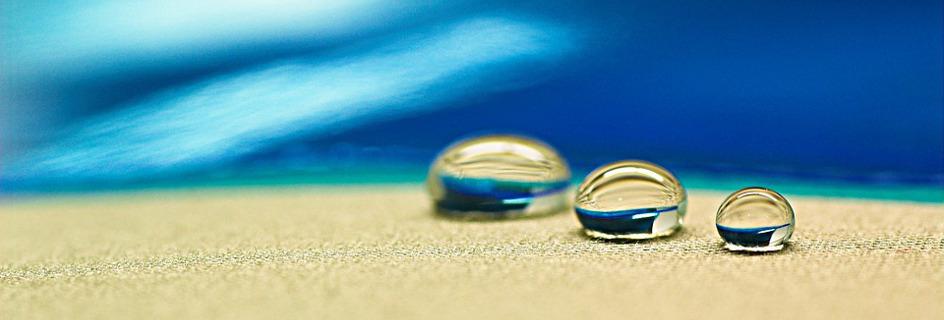Post date:
Extreme weather
Climate change means that essential geotechnical structures will face harsher weather conditions than their designers previously anticipated.
Droughts, heat waves, flooding and other extreme weather conditions will all compromise soil covers used to protect significant national utilities including mining and municipal waste storage sites.
Hydrophobic sands
Hydrophobic (i.e. water repellent) sands may be able to resist such changes and so carry untapped potential as a novel and timely substitute for current cover layer materials, yet their interaction with water is currently little understood.
Dr Beckett’s two-year project therefore carries great promise for helping our understanding of these phenomena, allowing industry to use them in geotechnical design.
Under the microscope
State-of-the-art microscopy will be used to observe water as it condenses and grows between hydrophobic particles, revealing what pressures exist in the water structures and whether the particles are being drawn together or forced apart.
3D X-ray tomography reconstructions will then investigate how pressure changes affect particle arrangements, which may change how water passes through the material.
Lastly, the study will develop methods to test how the soil’s strength changes as those menisci shrink and grow. Understanding how strength varies is key to permitting engineers to design structures using these new materials.



